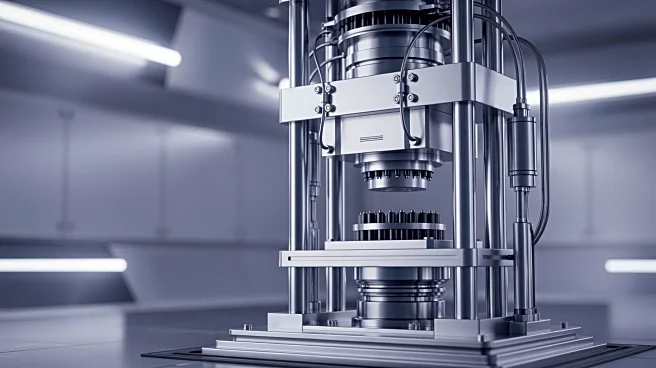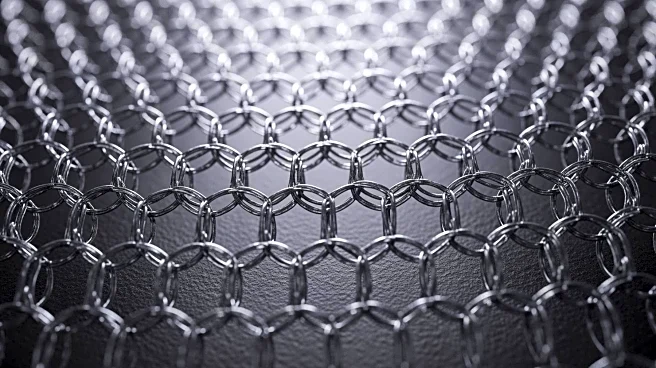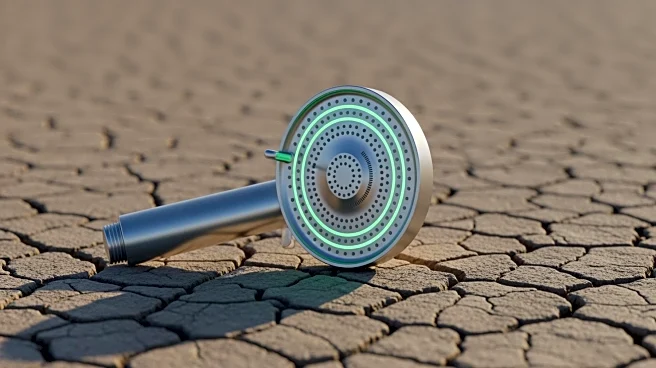What's Happening?
Nike and Adidas are reintroducing 3D printed sneakers, a technology that had previously seen limited success due to high costs and production challenges. At ComplexCon, Nike showcased the Air Max 95000,
a 3D-printed version of its classic Air Max 95, developed in collaboration with Zellerfeld, a German startup. Adidas has also launched its fully 3D printed Climacool sneaker. The renewed interest in 3D printing is driven by consumer demand for innovative and creative products. Advances in materials, such as thermoplastic polyurethane, have improved the comfort and wearability of 3D printed footwear, making it a viable option for casual use.
Why It's Important?
The resurgence of 3D printed sneakers represents a significant shift in the footwear industry, as brands like Nike and Adidas seek to meet consumer demands for new and unique products. This innovation could potentially disrupt traditional manufacturing processes and offer more sustainable production methods. The success of 3D printed sneakers could lead to broader adoption of the technology across various sectors, influencing design and production standards. Companies that can effectively leverage this technology may gain a competitive edge in the market, attracting consumers looking for cutting-edge products.
What's Next?
As 3D printing technology continues to evolve, it is expected that more brands will explore its potential in footwear and other industries. Nike and Adidas are likely to expand their 3D printed product lines, potentially introducing performance-oriented models. The success of these initiatives will depend on continued advancements in materials and production techniques, as well as consumer acceptance of 3D printed products. The industry will be watching closely to see if 3D printing can deliver on its promise of innovation and sustainability.











